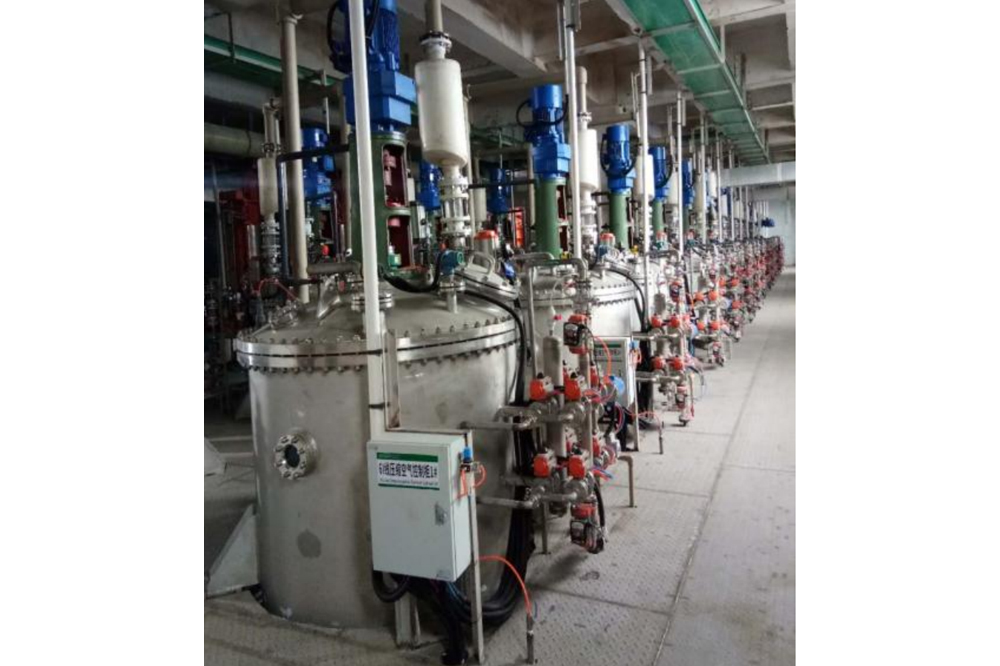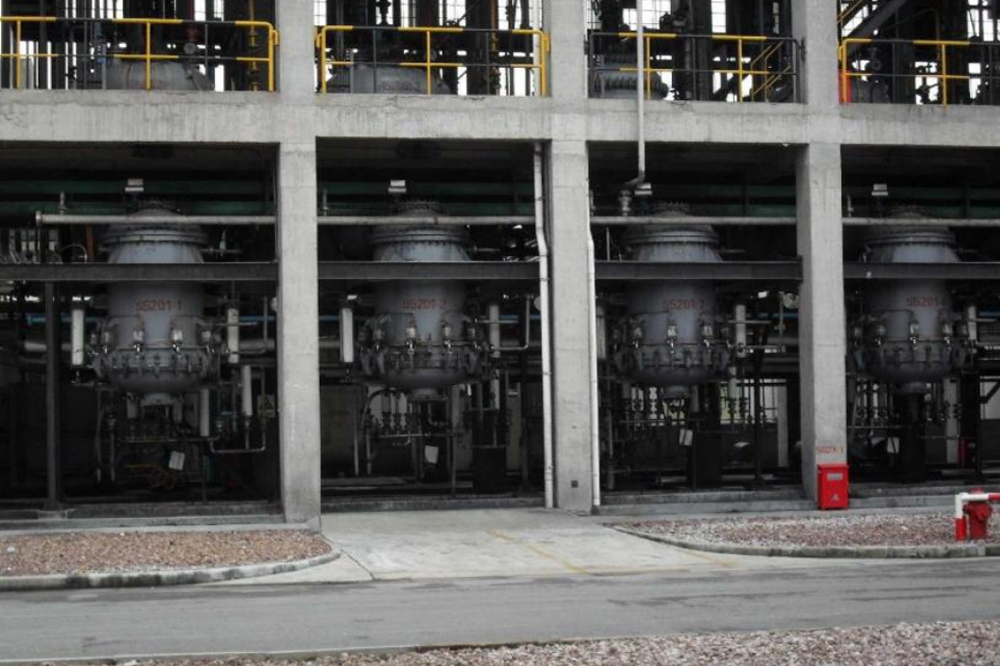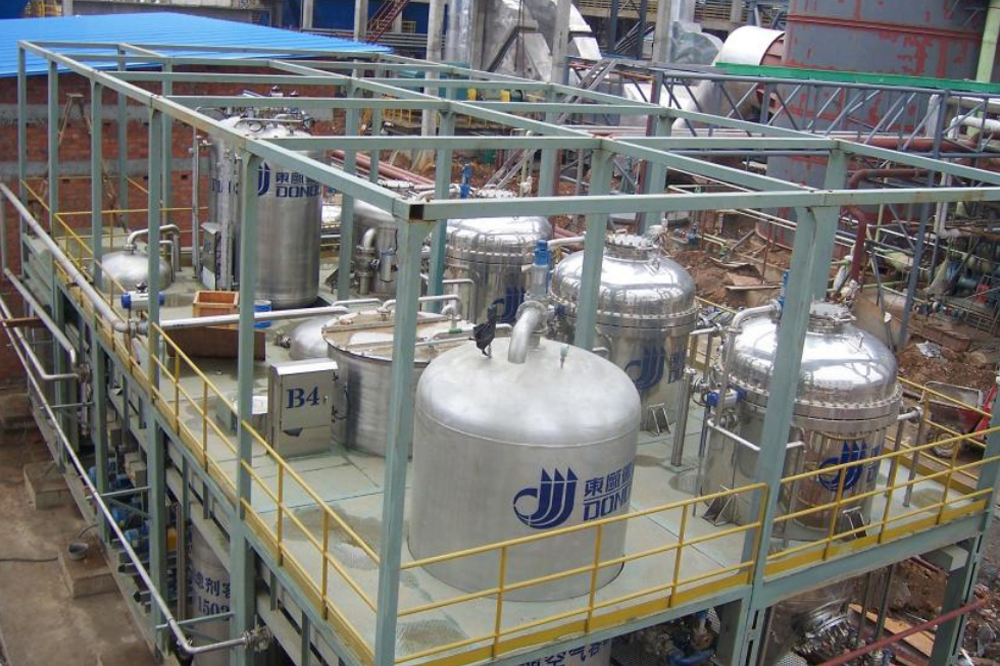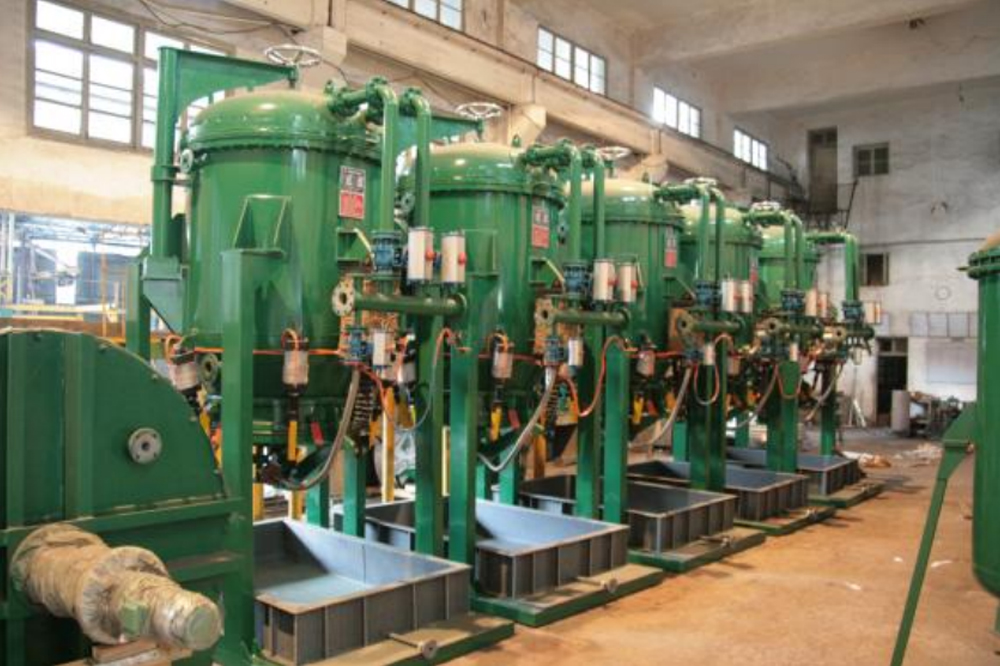The Invention of the Filter Concentrator
Project Background:
In 2006, Xiamen Tungsten submitted a proposal to add a concentrator to the ternary precursor reactor. Based on market research feedback from previous years, several enterprises expressed interest in using similar equipment, which brought attention to the project we were developing. After understanding that this was for the production of precursor materials for new energy lithium batteries, and considering the tremendous market prospects for this new material, our technical department established a project team to develop a new product project for the filter concentrator.
Customer Pain Points:
The size and shape of the precursor particles directly affect the effect of the battery's energy storage and discharge cycles. Moreover, the existing process using primitive settling equipment were unable to achieve higher levels in product quality and production yield improvement.
Solution:
By developing a backwashing regeneration system for filter tubes and adding flow rate, pressure, circulation pumps and stirring intensity to the control system programs of the filter, we successfully completed the development of this brand-new filter concentrator. At that time, we decided to provide a fully automatic concentrator for free to be used on the production line, resulting in a over 20% increase in production, narrower particle distribution, and better particle shape — a groundbreaking achievement.
Subsequent Impact:
In 2015, GEM, a leading enterprise in ternary precursor production, learned about this and added concentrators to their existing production lines and applied them to expansion projects, even using concentrators in ultrafine cobalt salt production. As the government strongly supported the electric vehicle industry during these five years, major enterprises have launched ternary precursor production lines, making our concentrator an industry standard product with a market share exceeding 98%, contributing significantly to industry efficiency and productivity improvement.
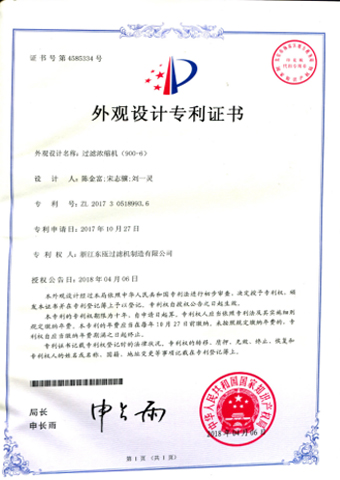 |
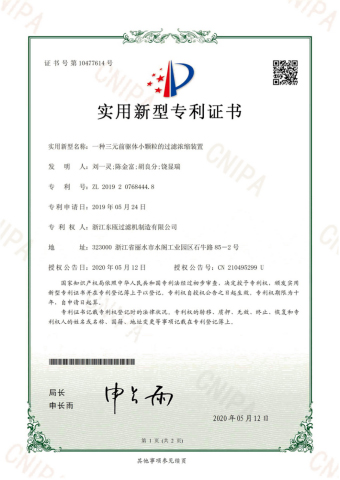 |
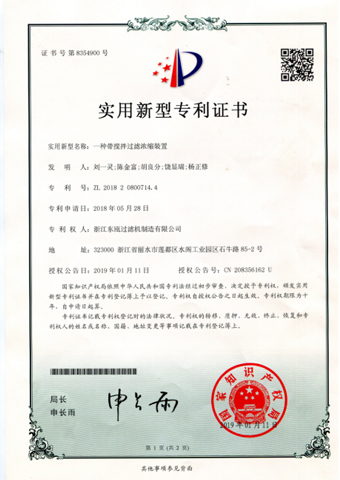 |
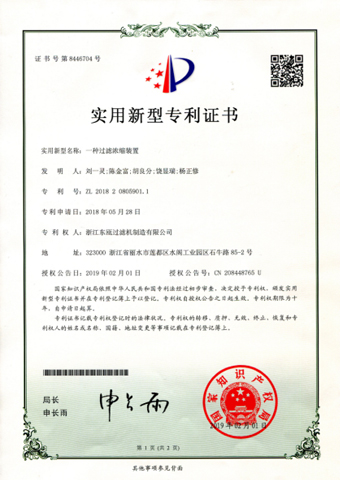 |
 |

